|
Carolyn Smith holds many positions in the Old Rag Master Naturalist chapter: citizen scientist, educator, committee chair, mentor, and a voice for natural habitats in Virginia. She was interviewed from her unique homestead that is a living example of how a cattle ranch can be transformed into a vibrant natural habitat that supports native flora and fauna. When and how did you become interested in nature and the natural world? Carolyn, a member of the ORMN class of 2015, has been interested in the natural world since early childhood. “My father and mother took me camping and hiking from a young age. I was in Girl Scouts. I was always outdoors,” she says. She believes her love of the natural world came from her father (a birder) and mother (a botanist) who passed their genes on to her. Her father in particular was always pointing out the rhythms of nature. He appreciated the spiritual dimensions of nature and considered it his cathedral. Growing up as an Air Force “brat”, Carolyn lived throughout the US and abroad. Born in Tripoli, Libya, she lived with the family in Bangkok and Moscow. During the two years her family lived in Moscow she attended a local Russian high school where she learned to speak Russian with a Moscow accent. This in turn led to a career as an interpreter, much of which she spent in Geneva at the nuclear arms control talks between the US and Russia. From there she went to the Sudan to work in a refugee camp, and later settled in the San Francisco Bay Area and had a second career in the non-profit world. Describe what you do on your property to support a healthy ecosystem. When she was 15 years old and her father was stationed in the DC area, her parents started looking around for a piece of land in the country. In 1965 they found the 129-acre parcel of land in Madison County where Carolyn now lives. The land was an old family farm that then was used to raise cattle. Over time her parents transformed the landscape to one that is now 80% forest, includes three manmade ponds, marshy areas, and meandering paths through the woods dotted with native wildflowers. She remembers helping her parents heel in 20,000 pine seedlings, which now tower 90–100 feet. Carolyn continues to add native plants, shrubs and trees to her land and will soon begin a cost-sharing project from the Environmental Quality Incentives Program (EQIP) to install riparian buffers along the streams that run through the property. This will involve taking 14 acres out of agricultural production and planting trees and wildflower meadows. She has also invested significant time over the last 20 years in eradicating invasive plants, including autumn olive (Elaeagnus umbellate), Oriental bittersweet (Celastrus orbiculatus), mile-a-minute (Persicaria perfoliata), Japanese stiltgrass (Microstegium vimineum) and tree of heaven (Ailanthus altissima). Her most enduring nemesis is garlic mustard (Alliaria petiolata), which she calls “particularly pestilential” because it can quickly and thoroughly take over a wooded area. This noxious weed can produce thousands of seeds each year which remain viable in the soil up for to 10 years. There used to be huge stands of garlic mustard in her woods but she has made great headway after years of compulsively pulling up, bagging and hauling it out of the woods, both on her land and (with permission) that of her neighbors. Carolyn is also on the lookout for invasive plants that are newly emerging threats to natives. She has found two on her land -- mulberry weed (Fatoua villosa) and incised fumewort (Corydalis incisa). The fumewort flowers not only in spring but also in fall, and she’s trying to keep it from enlarging the foothold it has already gained on her property. What is the most amazing thing you have experienced in nature? Carolyn shared two different experiences that reflect her appreciation of the expansiveness of nature. When she lived in California, she used to backpack with friends in Yosemite National Park. She was awed by the “grand scale” of nature when the group would climb Half Dome, which rises 8,839 feet above sea level and has a 360-degree view. “After the physical exertion required to get to the peak, the view was awesome, inspiring and a truly spiritual experience,” she says. She compares that to her other amazing experience, which is her 4-year study of the life cycle of the monarch butterfly as part of the Monarch Larva Monitoring Project. She described the day-by-day observations she makes, seeing this insect go from a tiny egg to an adult that flies from here to Mexico. Carolyn explained it gave her a new appreciation for living things beyond humans: their constant effort to ensure survival by avoiding predation, metamorphosis into a chrysalis, then emergence as a winged creature capable of traveling over 2,000 miles. As Chair of ORMN’s Project Committee, what would you like our members to know?
Carolyn resisted becoming involved in administrative duties when she first became a member. She remembers former ORMN president Don Hearl saying “No one joins a Master Naturalist chapter to do administrative work but without it we can’t do what we joined to do – support and conserve nature. So please consider joining the Board or a committee.” Heeding his words, when the chapter’s first Projects Committee chair left her position two years ago Carolyn took her place. She has enjoyed working with the other committee members and getting to know Board members. She says there are individual perks as well, such as interacting with VMN people statewide and attending leadership workshops. Carolyn views herself as a steward of her land. It took her family years to restore their property to a natural habitat that supports native animals, birds and insects. She accepts the responsibility to maintain and improve this vibrant environment. She continues to be enthralled with the mystery of nature and sees the doorway to learning as exciting and inspirational. “Natures soothes my spirit and fills my soul,” she says. “Like my father, nature is my cathedral where I feel closest to the infinite.” Interviewed by Charlene Uhl, October 24, 2020 Have you ever looked at your land – be it a small garden, a large corner lot, a hay field, or whatever your spot on earth is and wondered: could I do something different here that would be beautiful, encourage butterflies, bees, birds and other animals to come? This month’s Spotlight on Our Members features two Master Naturalists who have transformed a part of their land into a vibrant, colorful meadow that is filled with guests – plants, insects and animals - from nature. One member had a hay field and the other a portion of land that was not being used for any particular purpose. Read their stories of how they transformed these areas into meadows and their advice and lessons learned on how you could do it, too!
|
AuthorWrite something about yourself. No need to be fancy, just an overview. Archives
December 2023
Categories
All
|
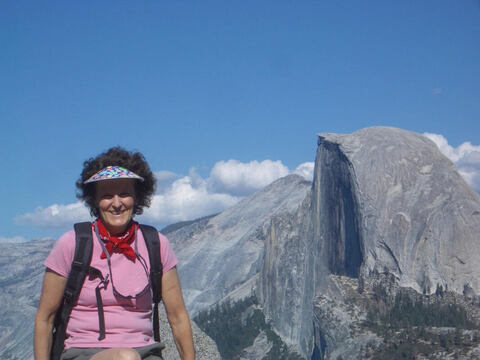
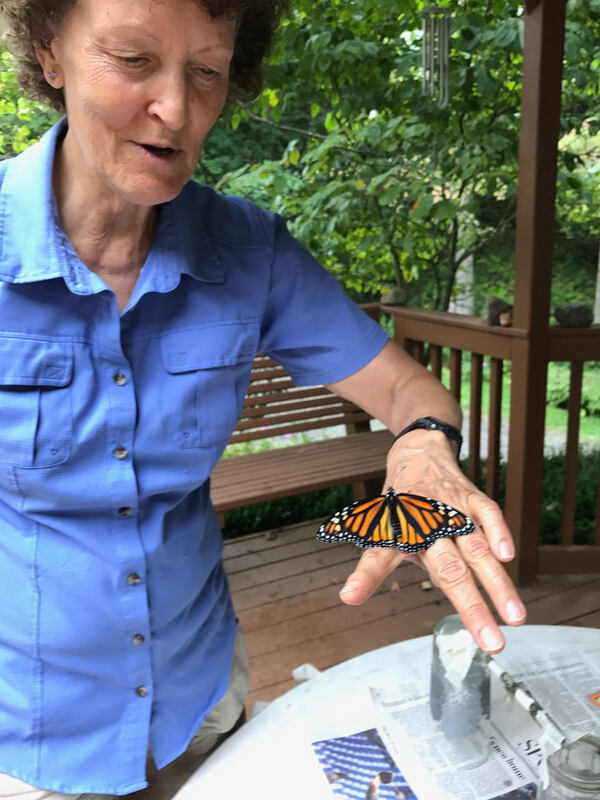
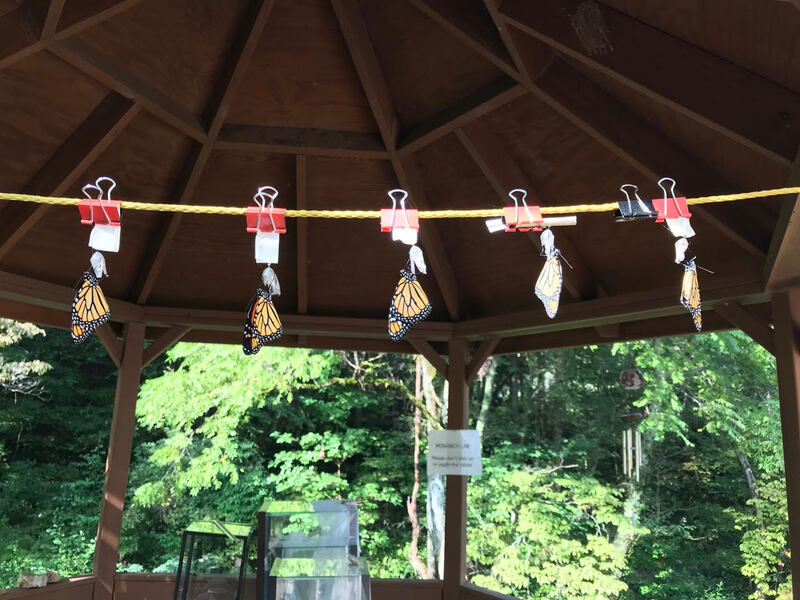
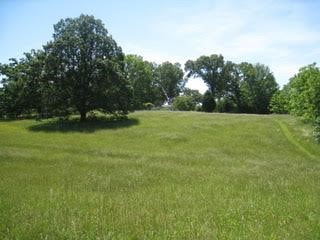
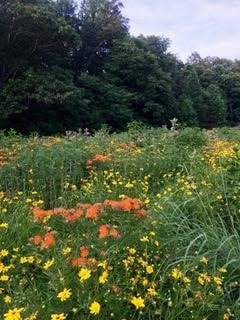
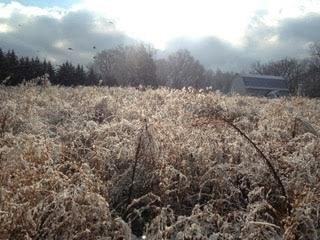
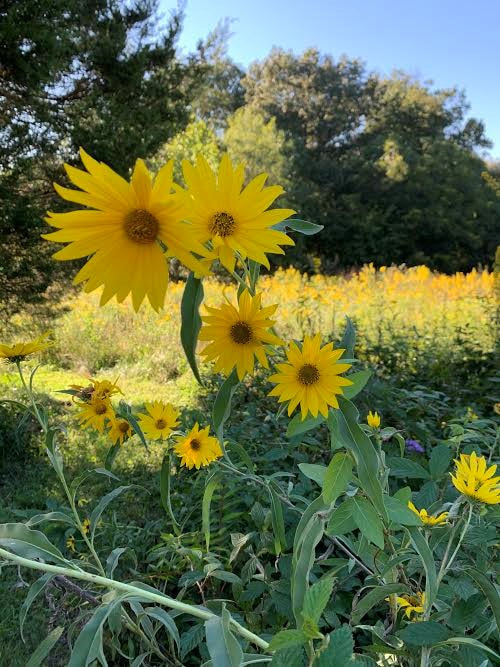

 RSS Feed
RSS Feed